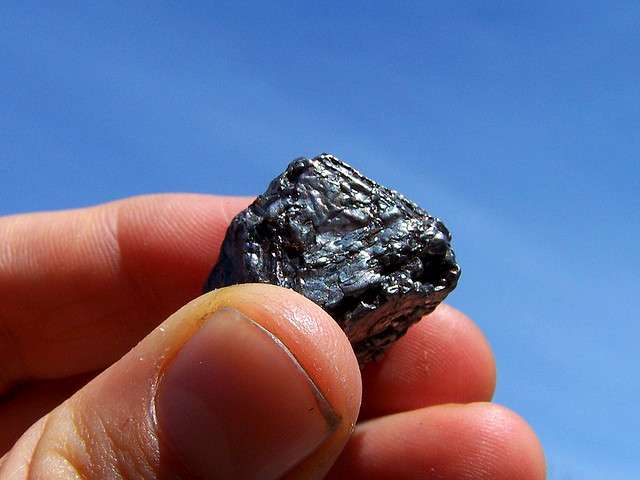Meteorite search about to begin

Geological relics from the far reaches of the solar system are the focus of a quest by the fireball hunting team at Curtin University.
The researchers, who are gearing up to go searching for meteorites before the end of the year are using the Desert Fireball Network, a system of autonomous cameras across Australia to track fireballs as their enter earth's atmosphere and could result in meteorite fragments landing in the Australian Outback.
After three years of development, the team are ready to reap the rewards.
The pilot phase of the project ran from 2007-2010 with the Bunburra Rockhole meteorite being the first camera-observed fireball collected in Australia in 2008.
A second meteorite was observed by the camera network and subsequently recovered in 2010.
The Desert Fireball Network operates by capturing two or more photographs of the same fireball, with which scientists can calculate the objects' path in space—backwards to an orbit and forwards to a possible landing site.
Meteorites can be likened to the crumbs left over from the formation of our solar system and studying them allows scientists to better understand the solar system's make-up.
Professor Phil Bland, who has headed the project since it began, has earmarked an initial 3 fireballs over regional and remote areas of WA and SA for detailed investigation, and hopefully on the ground searches.
As to the likelihood of actually finding them, Prof Bland said "let's just say there's always a bit of a party when you find a rock from space".
Prof Bland has previously said the best places to look for meteorites include Antarctica where the ice movements concentrate meteorites into specific regions and the deserts in Australia.
The research group has since expanded and upgraded their network: from four film cameras in the pilot phase, to 32 digital cameras now, developed and installed over the last three years.
The network now covers an area of approximately 1.7 million square kilometres.
To keep up to date with news from the Fireballs team, download the app, follow them on Facebook, twitter or sign up for their e-news.
Provided by Science Network WA
This article first appeared on ScienceNetwork Western Australia a science news website based at Scitech.





















